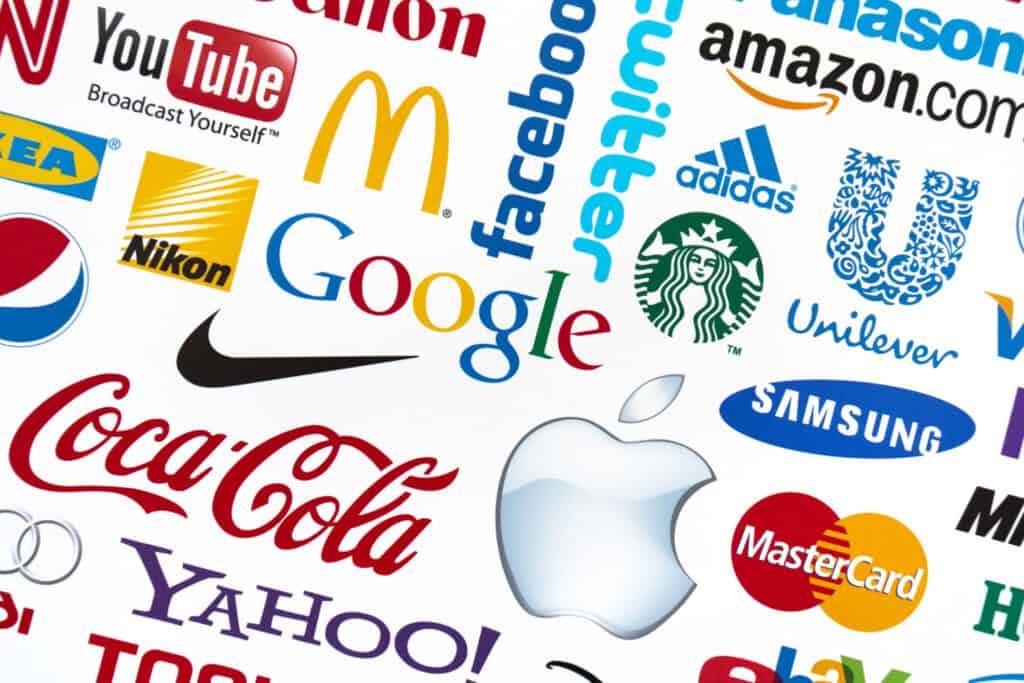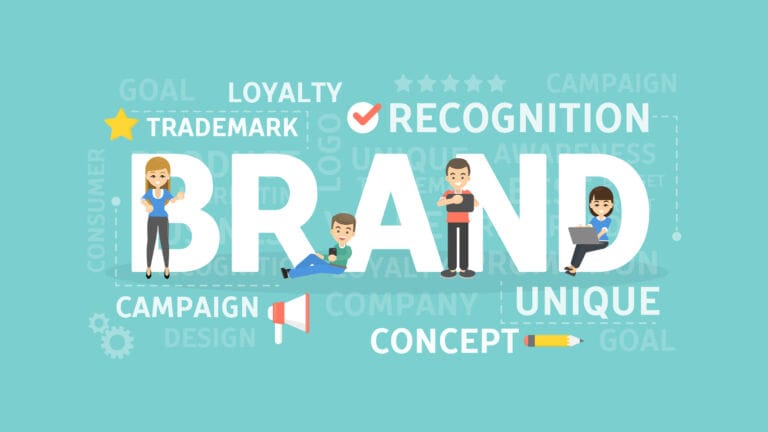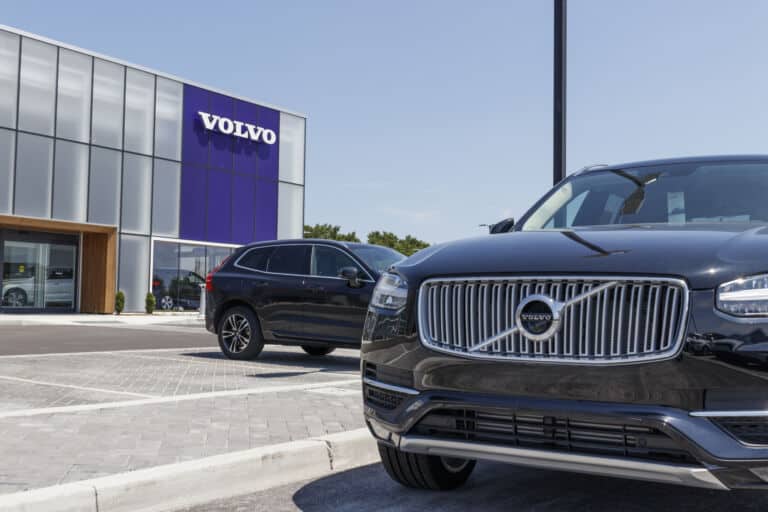Let’s start with a definition or two – what is brand salience?
OK, so we really should start by checking that we all understand what we mean when we use the phrase ‘brand awareness’. Never assume.
Brand awareness is the extent to which consumers (or B2B audiences) are familiar with a brand’s products or services. It’s a measure of a brand’s presence in customer or prospect minds. Brand awareness essentially answers the question, “Does your target audience know about your brand?”
Brand awareness measurement is often divided into two subsets:
- Brand recognition (the audience’s ability to confirm they’ve previously been exposed to your brand when given a cue)
- Brand recall (their ability to spontaneously remember your brand without any cues)
Brand salience goes beyond this basic level of brand recognition and awareness; it’s about how deeply embedded your brand is in your audience’s mind when they’re making buying decisions. It reflects the strength and depth of your brand’s imprint on their memory.
Simply put, brand awareness is knowing that the brand exists, while brand salience is about the brand’s relevance and frequency of coming to mind under different purchase scenarios.
The key word here is ‘relevance’. Keep it in mind as you read on.
What fuels better brand salience?
Brand salience is influenced by a number of factors:
- Brand Perception:
Consumers’ perceptions about your brand, especially emotional associations, can heavily influence its salience – positive associations are important, and once someone has formed an opinion about your brand, it can be difficult to shift that perception. - Distinctiveness:
Unique and distinctive brands are usually more memorable – if your brand looks and feels the same as every other in your sector, you’ll be less memorable (unless you’re already the category market leader). - Exposure:
The more consumers see your brand, for example via advertising, social media, or in-store displays – the more likely it is to stick in their minds. So simple brand awareness DOES matter – familiarity breeds trust. - Consistency:
Consistency across all touchpoints aids recognition and recall, driving higher brand salience simply because you’re telling the same brand story. Inconsistency of messaging leaves the audience confused about what you stand for, what you’re good at. Confused customers delay decisions or don’t buy at all.
Brand salience in action
The Apple brand offers good insight into the power of brand salience. Anyone who’s ever seen or heard about Simon Sinek’s Golden Circle understands that Apple has pretty much aways been brilliant at communicating its ‘why’.
Yes, its silhouetted apple logo has immediate recognition (even though it’s changed over the years). But there’s so much more to it than that. There’s huge meaning behind the logo. It’s a symbol that denotes beautiful design and an innovative, ‘different’ way of thinking.
Think different? Love beautifully designed products? Then Apple is the brand for you.
It’s in our head when we’re making a buying decision. It makes us think differently about what we’re going to base our decision on. It’s no longer about features, or build quality or software integration. We might use these to provide ourselves and others with a rational justification, but the bottom line is some people just love Apple.
And they’re prepared to pay more for it.
That’s a brand with massive salience.
Brand Salience and Brand Positioning
So that brings us neatly to brand positioning.
Brand positioning is the critical precursor to building brand salience. It defines how your brand differs from competitors, and why your audience should prefer it. A well-positioned brand can foster strong salience, as it becomes associated with specific attributes that the customer values.
Consider Volvo, a brand synonymous with safety. Volvo’s strategic positioning around this core attribute successfully built a powerful brand narrative that resonated with consumers.
Its consistent messaging on safety, whether through advertising campaigns, product development, or community initiatives, made safety intrinsic to the Volvo brand. As a result, when asked what they believe the safest brand of car is, most consumers would put Volvo first.
And that’s despite the fact that safety testing has shown other brands to be safer.
The point is that when a consumer is making a decision about which car to buy, and let’s say they want to provide protection for their family, the chances are that Volvo will feature very strongly in their preferred brands list. That’s a testament to strong brand salience driven by deliberate positioning.
Dove is another good example. This is a brand positioned around the idea of ‘real beauty’. The Real Beauty campaign, featuring women of all shapes, sizes, and ethnicities, helped position the brand as an advocate for body positivity and self-acceptance. A positioning that has made Dove salient for people who value these attributes.
So, to ensure you’re making your brand relevant to those people who are in the market for what you sell, a clear and compelling positioning strategy is indispensable. A compelling brand narrative that helps form mental structures in consumers’ minds that make your brand salient to your buyer.
And remember the Simon Sinek thing. People don’t buy what you do, they buy WHY you do it.
Brand salience in the B2B context
Brand salience in B2B marketing is perhaps one of the most overlooked and underrated elements of the marketing strategy – the reality is that in the B2B context, salience plays a crucial role.
In a complex purchase process involving several stakeholders, it’s imperative that your brand remains at the forefront of decision-makers’ minds over a significant period of time (buying cycles can be years long), so businesses really need to get to grips with their brand positioning – and deliver it consistently at every touchpoint.
Consider:
- Website:
Your company’s website is often the first point of interaction for potential clients. It should clearly articulate your brand story, values, and unique selling proposition. - Sales Meetings and Presentations:
Whether it’s an initial pitch or a product demo, the narratives shared should consistently reflect the brand story. Does your sales team understand that brand story? Do they? - Email Communications:
Marketing newsletter or transactional email, the tone, visuals, and messaging should align with your overall brand identity. Do all your customer-facing staff understand your positioning and narrative – do they demonstrate it their daily customer interactions? Do they really? - Social Media Channels:
These platforms can be critical for engaging potential clients, sharing brand stories, and demonstrating thought leadership. Consistency is key – don’t jump from one new idea to another, tell your story consistently. - Content Marketing:
Blog posts, whitepapers, case studies, webinars, and videos. All content should echo the brand’s core messaging and add up to the narrative that you’re trying to convey. - Trade Shows and Events:
Your brand’s presence at industry events offers an opportunity to share your brand story in person and should be in line with your overall brand narrative. Again, do your representatives understand the story, does your stand represent the brand effectively? - Customer Service Interactions:
Support teams should embody the brand story and values when interacting with customers. Everyone in a customer facing role of any description should be clear on the brand positioning – how are they being trained? - Product/Service Experience:
The product or service itself, its quality, how it’s delivered, and the customer’s experience with it should reinforce the brand’s story and promises. If that happens, customers will start telling the brand story for you. - Networking:
Cultivate relationships with industry influencers, make sure they understand your story, sense check it when you meet and make sure they’re advocating for your brand in the right way. If you’re getting opportunities to sell your brand to a networking group, tell the same story over and over again. Repeat, repeat, repeat – don’t ever get bored of telling the same story. - Advertising:
And of course, whether online or offline, all advertising should be in line with the brand’s narrative and values. This is where you’re proudly shouting your message from the rooftops – keep it consistent, or the audience will get confused.
Even if your business doesn’t use ‘traditional’ advertising, there will be many, many touchpoints when customers and prospects will be exposed to the brand, both when they’re not in the market for your products or services AND when they’re smack bang in the middle of their buying cycle.
So where to start?
If you want to improve your brand salience, for starters, you need to understand where you are. Focus on how your target audience feels about your brand, not just whether they recognise it.
To measure brand salience effectively, consider these steps:
- Define your segments:
Clearly define and segment your audience. Brand awareness and salience may vary significantly across different demographic groups, requiring different strategies to enhance salience. - Develop your research instrument:
This usually takes the form of a quantitative survey, but qualitative interviews or research groups can sometimes provide better quality responses and there’s more opportunity to explore ideas and attitudes. Questions might include aided and unaided recall to establish what brands come to mind in a specific category, but the really important questions are around establishing what qualities the respondents associate with your brand. - Distribution & collection:
Use an online survey platform like SurveyMonkey or Google Forms to distribute your survey, especially if you’re a small business with budget constraints. Larger businesses may opt for professional market research firms, who may offer a range of options – you’re likely to get deeper insight this way. It costs a bit more, but it’ll be worth it in the long run. - Data analysis:
Analyse your data to understand your brand’s recall, recognition and salience across your different audiences. Understand the patterns. Again, a professional research team or data analyst may be best placed to undertake this work depending on the size and complexity of the research you’re conducting.
Regardless of the methodology, the important thing to remember is that you must base your strategy on market intelligence – not just a hunch.
If you’ve got no budget for research, talk to customer facing staff – particularly your sales teams – they’ll have a good idea what your market thinks of your brand.
So what comes next?
Next on your agenda should be to scrutinise your brand’s current positioning strategy. Is it clear, compelling, and unique? You’ll know if it’s working because you’ve done the research.
If it isn’t, it’s time to revisit and rework your strategy to reposition the brand so it stands out in the minds of your customers (for the attributes you want it to).
Remember, once a customer has a clear picture of your brand in their mind, it can be difficult to change their opinion, so you need to think carefully about your strategy.
This is where you’re almost certainly going to need professional help from a strategic marketing communications agency, who can help you to focus in on the attributes you need to elevate and create a positioning statement and narrative that articulates why a customer should buy from you (and not from someone else).
Really skilled professionals understand the nuances of positioning and can even help you to ‘reposition’ your competition whilst elevating your brand perception.
And they can help you find your ‘WHY’.
It’s a clear brand positioning that drives consistency
Consistency of message is key to drive brand salience, and that can only be delivered with a clear brand positioning.
But remember it’s also about consistency in customer service and of product quality. Your brand positioning is the key to all of these things – the messaging, the service delivery and customer experience – all of it. Without a clear positioning, you can’t hope to deliver a consistent service experience. And it’s the only way you can hope to influence what the market thinks of you.
Good things come to those who wait
Although brand salience is more nuanced and profound than brand awareness, the two are intrinsically linked. Of course, a brand must first be known (awareness) before it can be thought of or noticed (salience) during a purchasing situation.
But salience is essential. And that’s driven by your chosen positioning. So choose your positioning carefully and strategically, because changing or building perceptions takes time and needs commitment across the entire business.
You know you’ve been successful in improving brand salience when you observe an increased market share, better brand recall, heightened customer loyalty, and an uptick in sales over time. But always remember, success won’t be delivered overnight.
Do the legwork now, build the foundations for success – and be patient.



